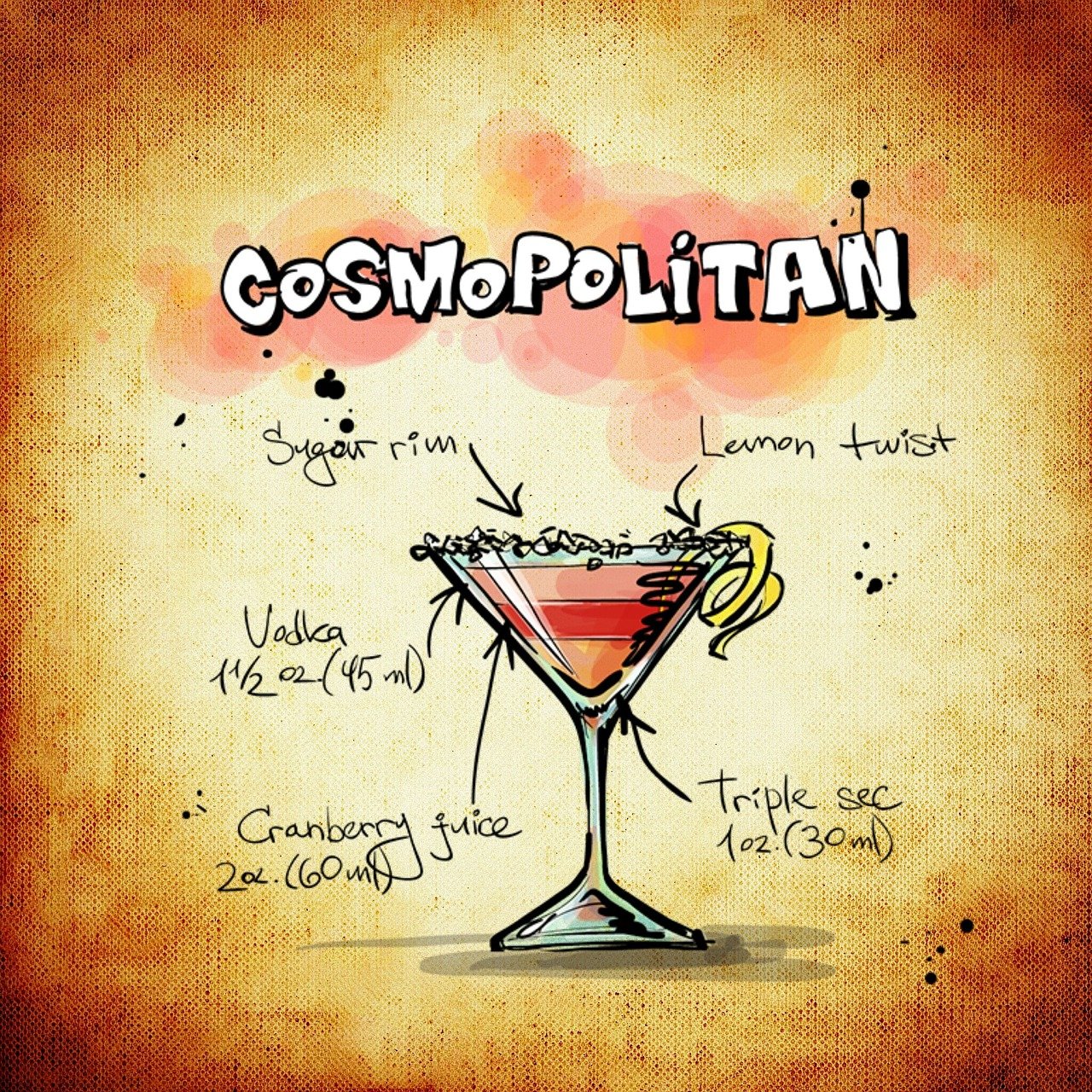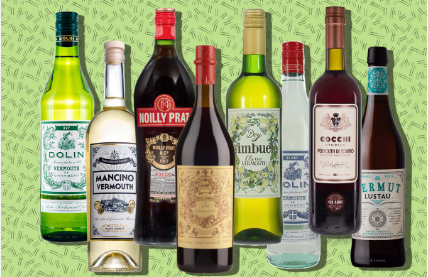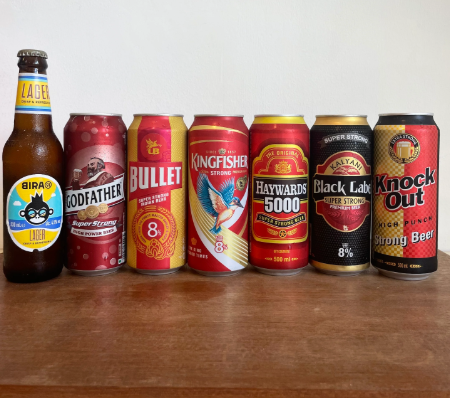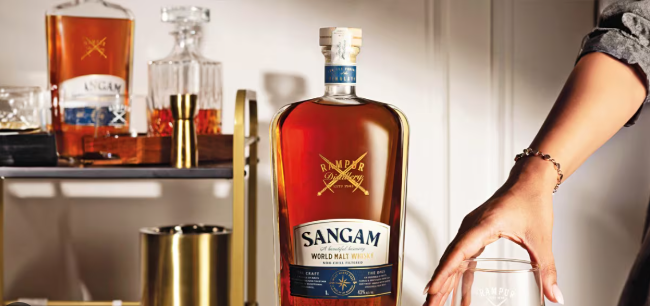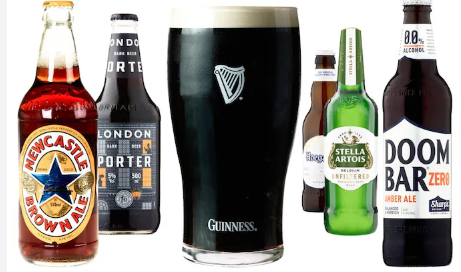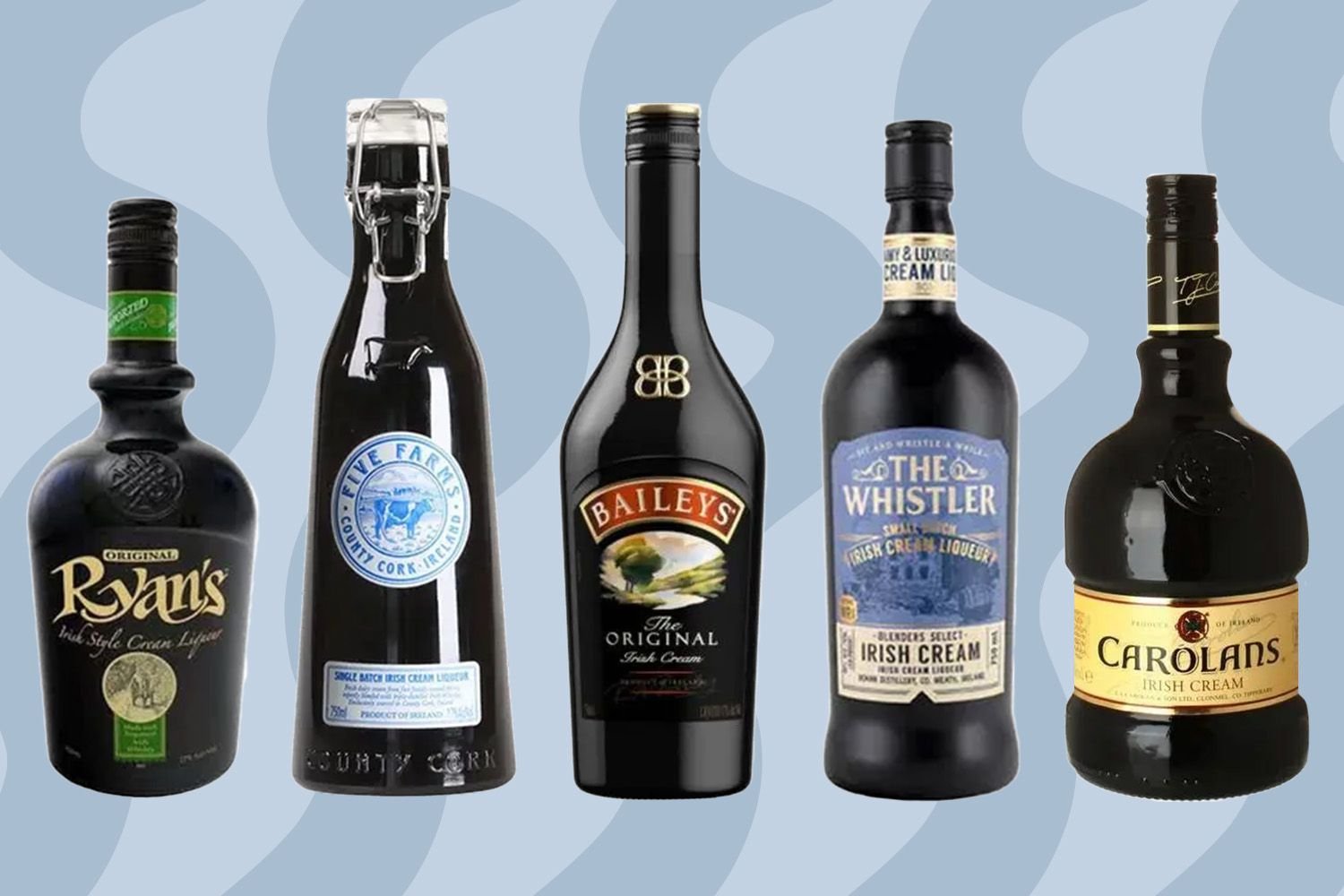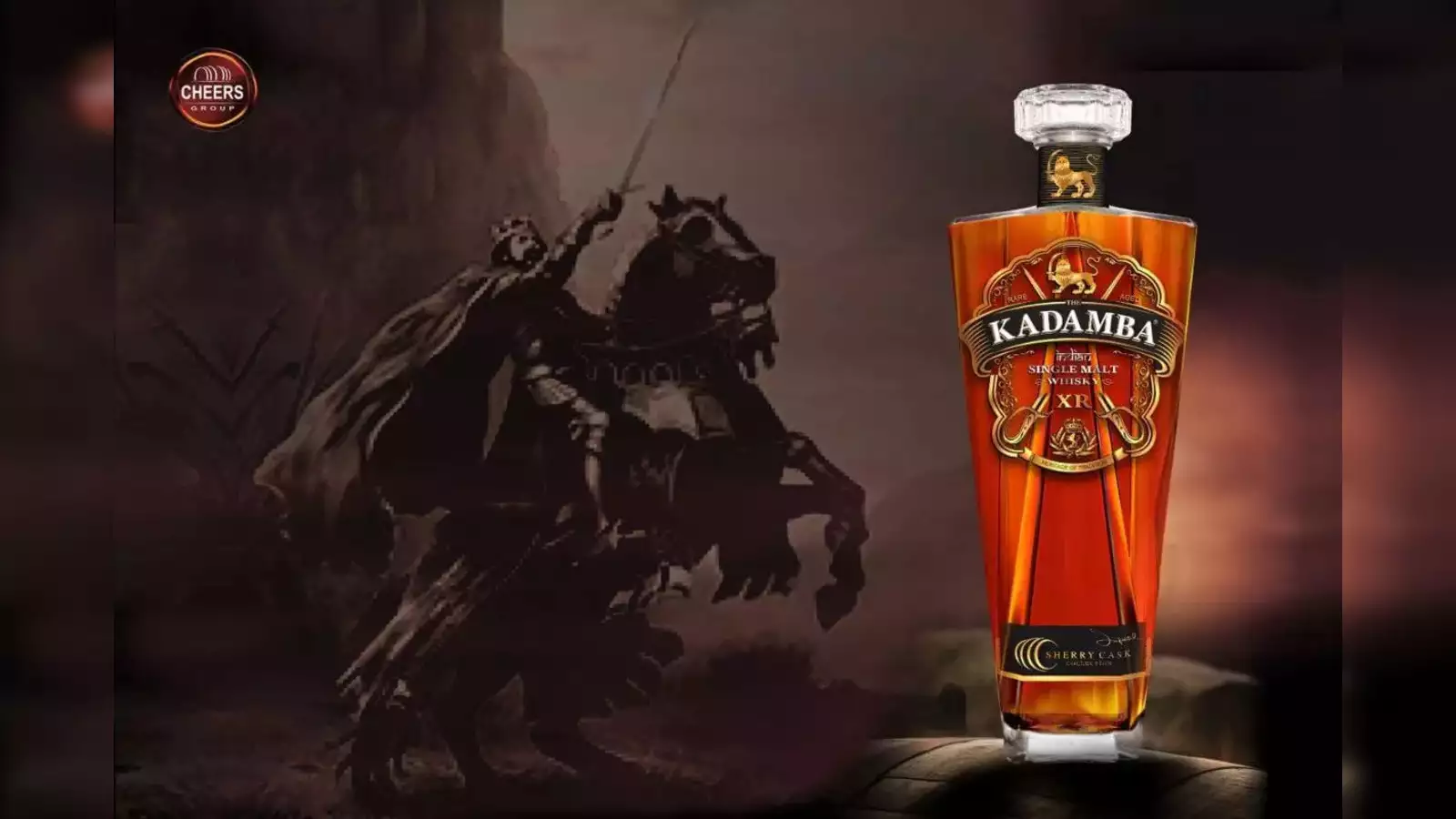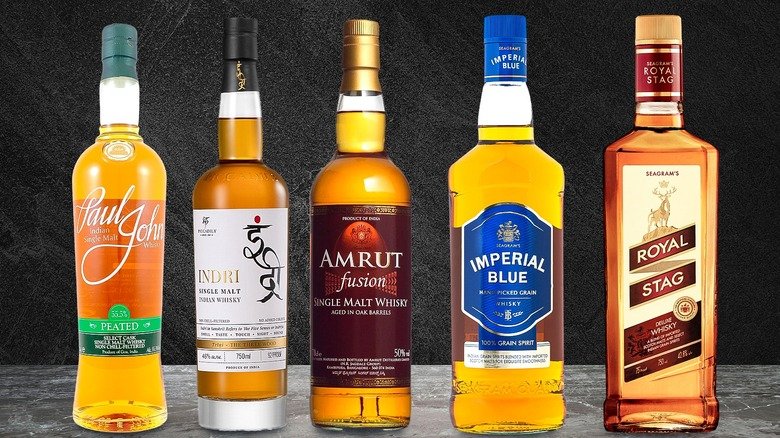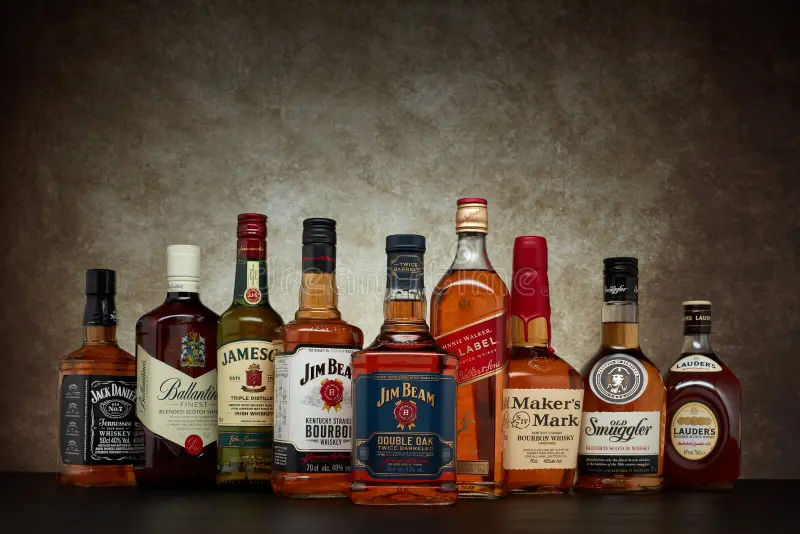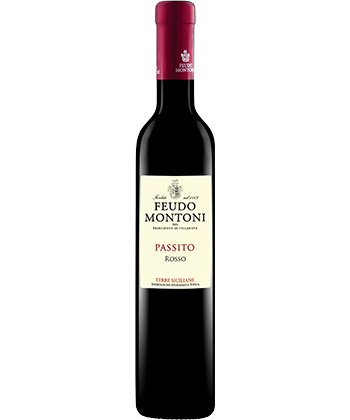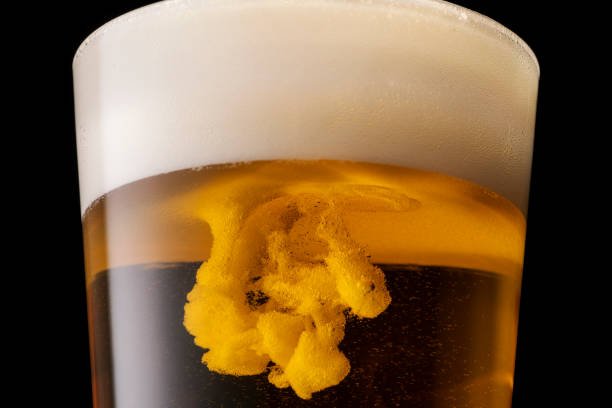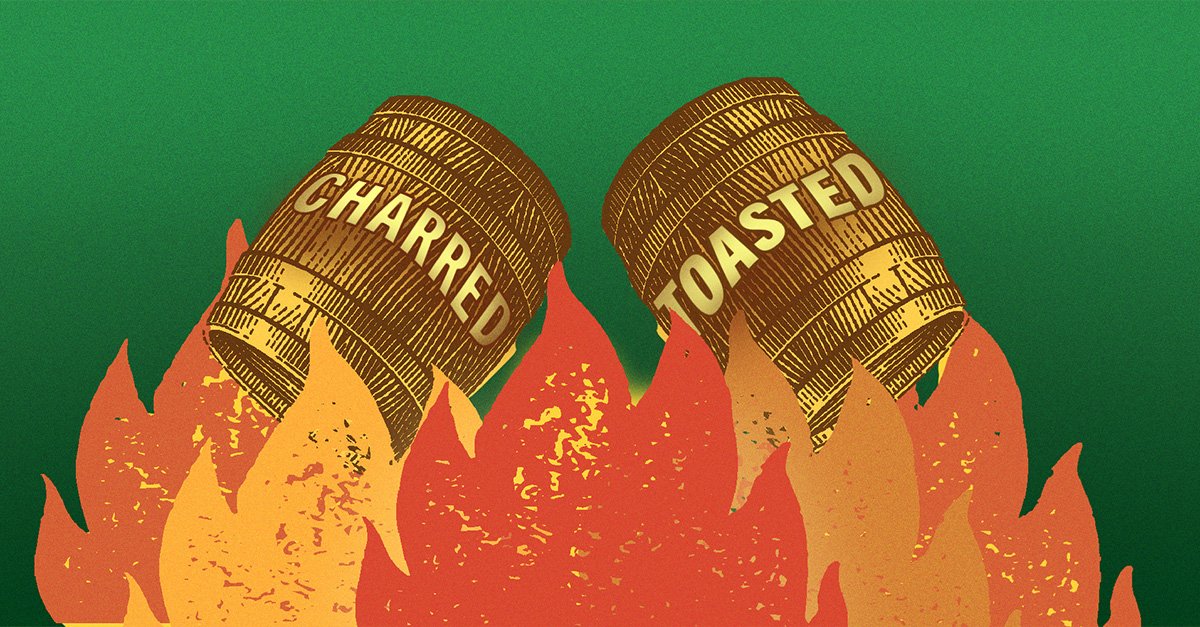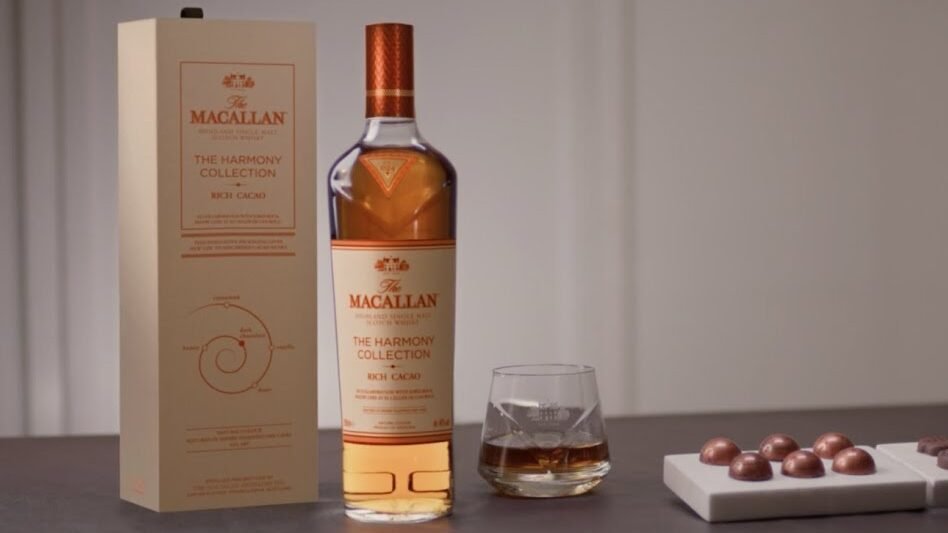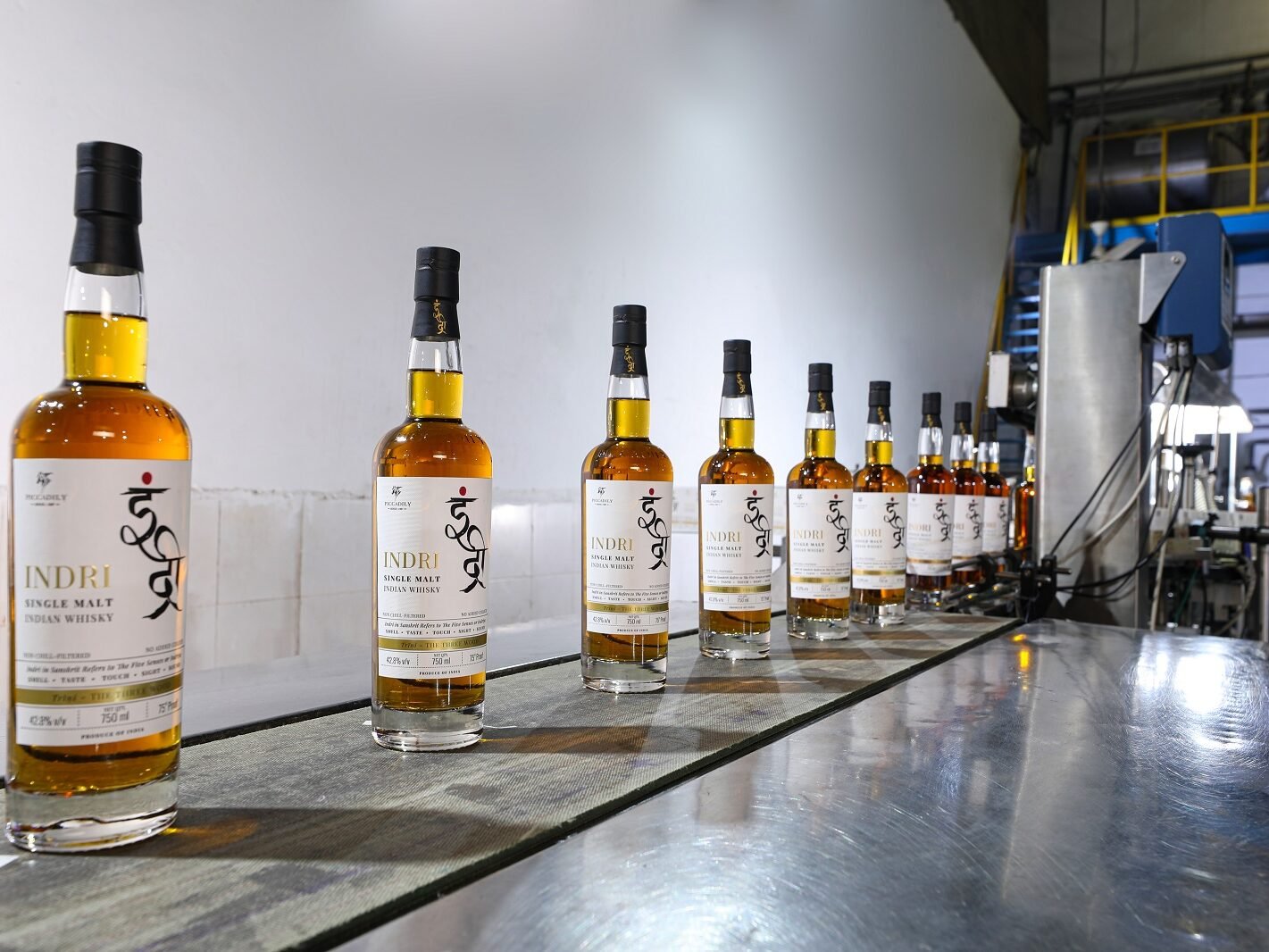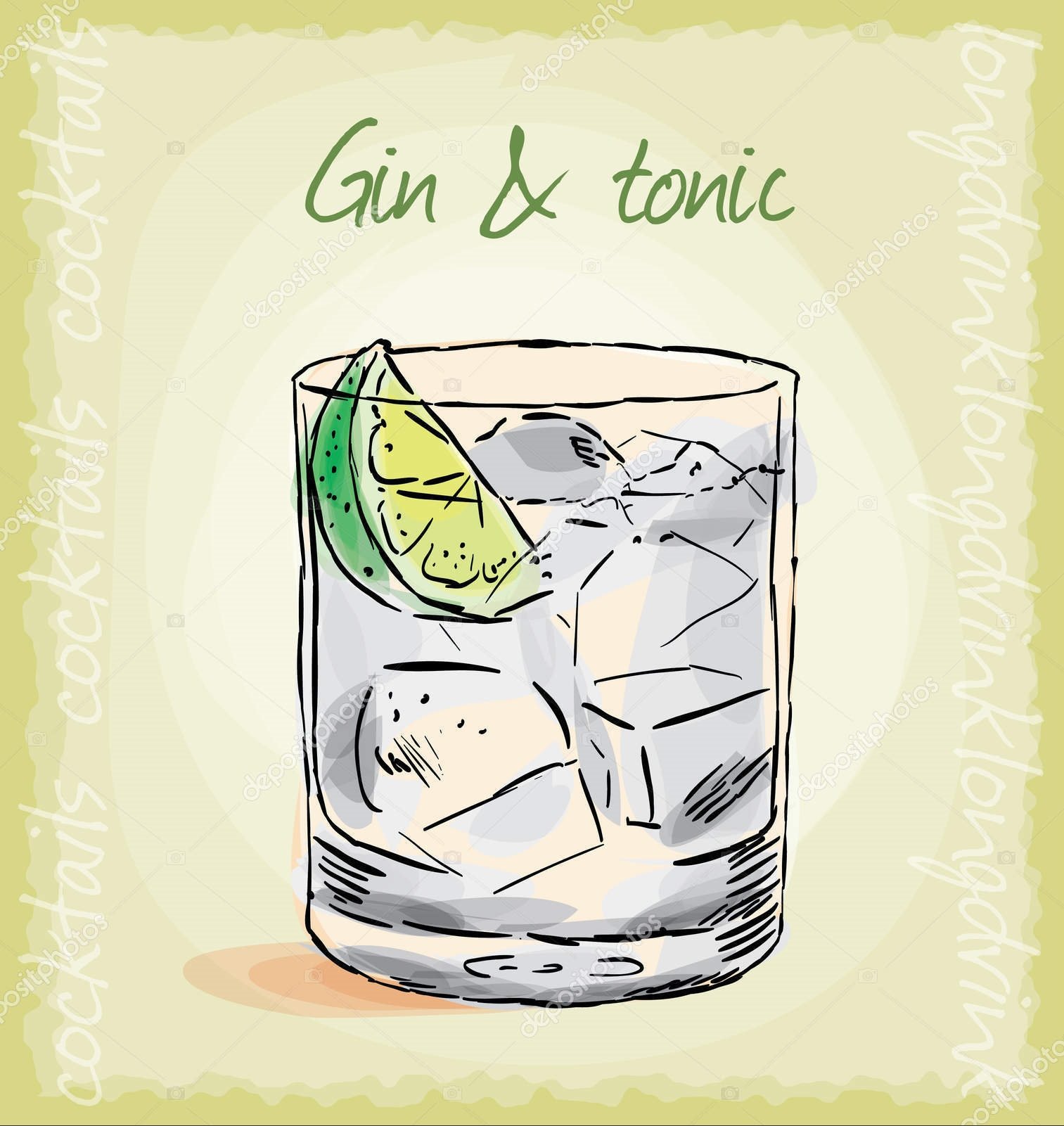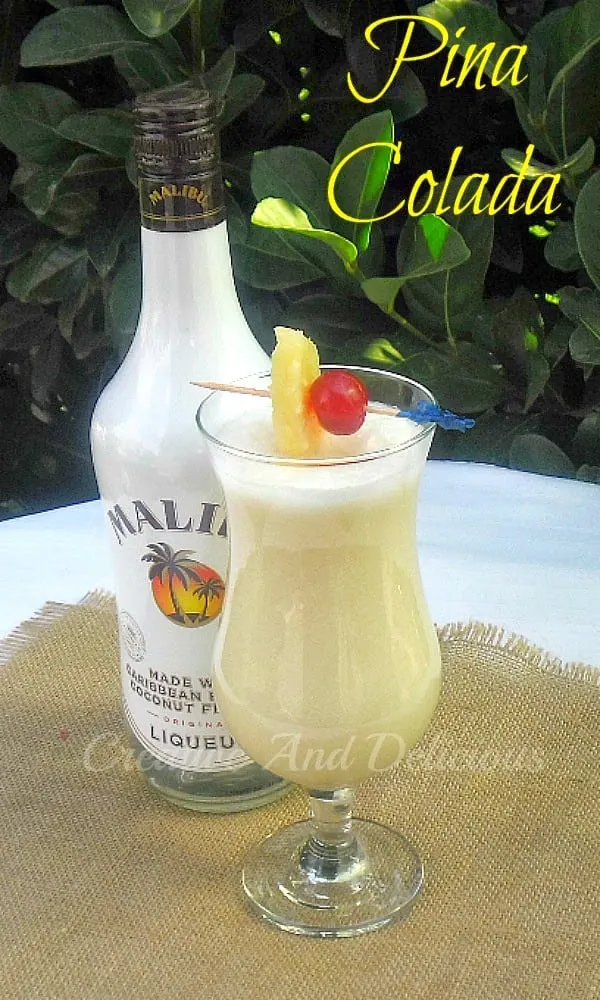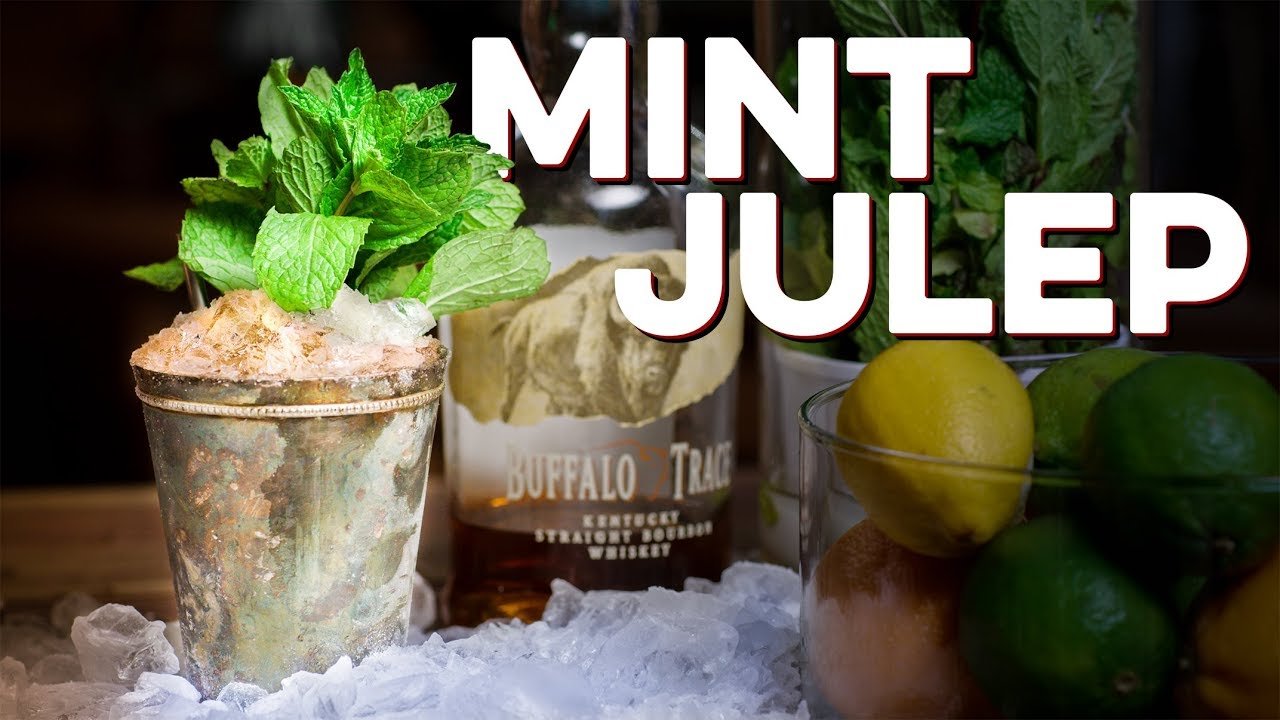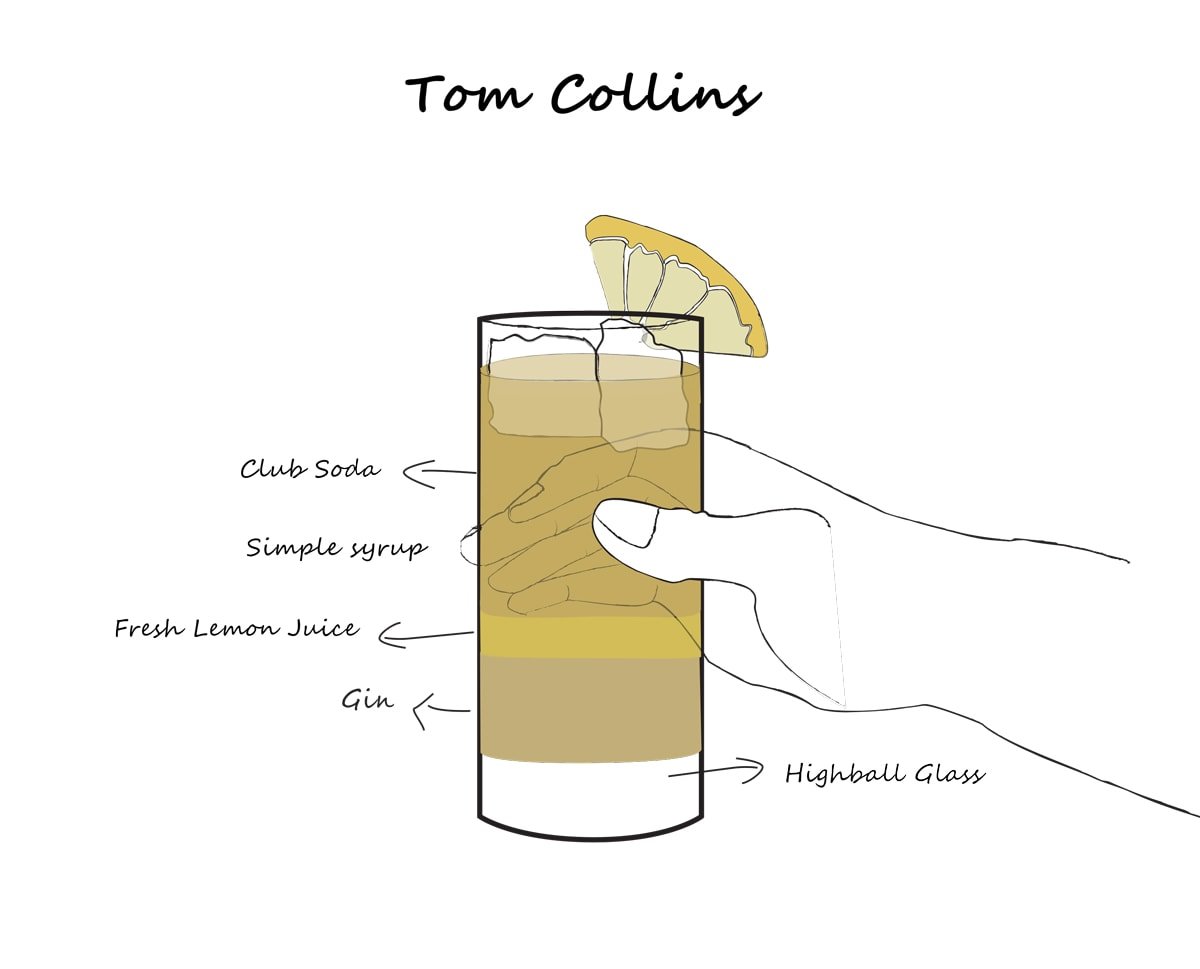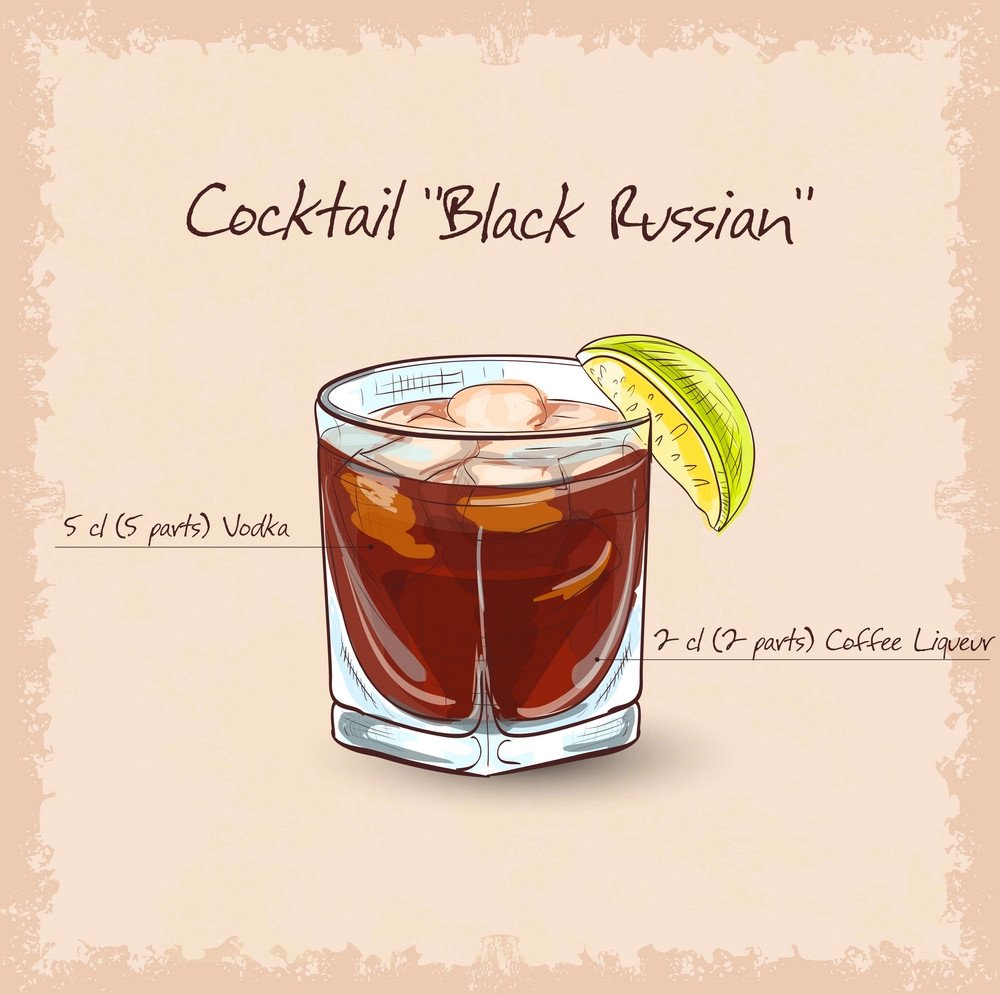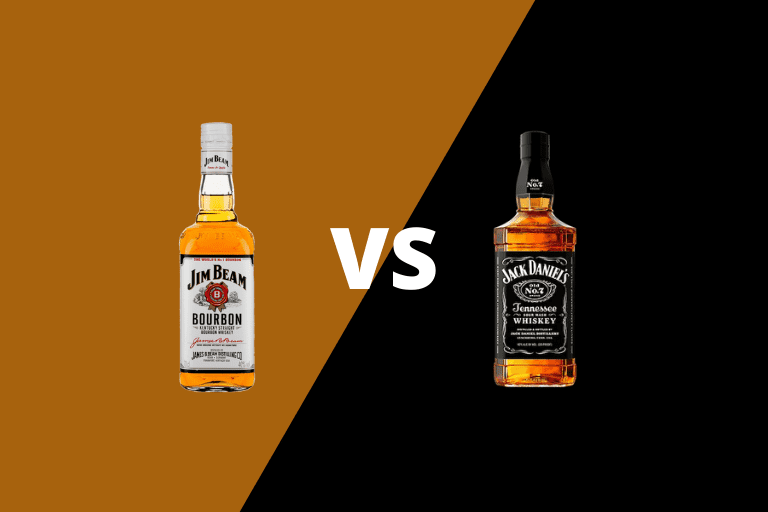For a really long time the whisky business has settled on a truce on numerous things. From the Irish bourbon versus Scotch whisky (which started things out) banter, questions over the Scotch business’ case that wellspring of water is the main part of whisky making to the momentum conversations over the utilization of the term terroir for whisky. In India, there’s a stewing conflict that is yet to be tended to — six-line grain or two-column grain, what’s best for the Indian single malts?

With regards to whisky creation, the smallest contrasts can affect the eventual outcome. What’s more, the spirits refinery of beginning assumes an immense part as well. For this reason the issue of provenance and terroir are discussed in whisky-production nowadays. Why is a country with one of the greatest Scotch drinking populaces as of late beginning to make great quality whisky? The response is a blend of things like accessibility of unrefined substance, skill and the nation’s consistently changing import regulations.
How about we center around only the natural substance part until further notice. Whisky can be produced using any grain like grain, corn, rye, malt, oats and millet, rice, and so forth, complying to the guidelines in a specific country. In India for quite a while we were making whisky from sugarcane molasses because of the overflow of sugarcane creation. In any case, as of late, the vast majority of the modest, as well as superior Indian whiskies, are not just made by utilizing mixes of Indian grain base soul and imported Scotch yet additionally from 100% Indian grain. Perhaps of the most sold whisky in India, 8 PM (mogul brand) by Radico Khaitan is made with Indian grain, malt whisky (refined from six-line grain) mixed with Scotch.
All in all, why six-line grain? To comprehend that we really want to realize that most of grain filled in India is six-line grain and the one utilized for making Scotch is two-column grain. Both affect the flavor profile of the end soul says, Anup Barik, Expert Distiller, Radico Khaitan and Rampur Single Malts. “India is one of the biggest makers of six-column grain and the Indian refining industry utilizes something very similar because of its accessibility consistently. However the yield in six-column grain is less when contrasted with two-line grain due to low starch and high husk, it gets repaid by higher protein contents at last answerable for fruity notes.”

A similar six-column grain is likewise utilized for making Radico Khaitan’s exceptional single malt Rampur. Barik adds, “Rampur Indian Single Malt is a delightfully offset single malt with rich vanilla, a touch of hotness and tropical natural product notes. The complex yet outlandish notes of Rampur develop from a blend of variables, for example, utilization of six-line malted grain, the yeast strain, maturation time and condition, refining process, pot actually plan, geographic area and wood strategy.”
As per Surrinder Kumar, autonomous expert in the alcobev business, and Expert Blender and Distiller for a few famous single malts, for example, Amrut, Indri and Kamet, “Protein levels however are more in six-line grain which is useful during the squashing system in the quicker transformation to fermentable sugars, on the other side, high protein could likewise bring about the turbid wort (the fluid separated from the crushing system during the preparing of brew or whisky) which isn’t truly attractive and could prompt the improvement of additional lush notes in the new make soul. DP, the diastatic power is more in six-line which is really great for the transformation of starch to fermentable sugars.”

Source : Arintham India
Despite the fact that the single malts that Kumar has made so far have been universally acclaimed, he would in any case really like to utilize two-line grain north of six-column grain. He makes sense of, “Are there checked contrasts in the nature of six-column over the two-line grain? I would agree, yes. It is the question of simple accessibility of six-column grain in India and its serious expense versus the two-line imported grain malt in addition to the problem of imports that Indian distillers are choosing the main locally accessible six-line malted grain.
“Nature of new make soul and the yields are a lot higher in two-column than the six-line in light of bulkier and heavy grain, gives more starch, not so much husk but rather more consistency of grain size, thus bringing about the legitimate change of the grain during the malting system. Thus, more yields of soul and better quality.
“My own decision is utilize two-column grain since it will in general bring about a fruity and botanical new make soul with calculable yields which at last winds up yielding a balanced and complex bodied developed whisky in the wake of involving great quality barrels for development, gave the monetary wellbeing of the organization permits one to let it all out.”
Bipin Kumar, Chief and Expert Blender, Interesting Mixes accepts that it thoroughly relies upon what style of flavors a whisky brand needs to feature. According to he, “On the off chance that the ideal outcomes are gotten from the privately grown six-line grain, why not.”
The brand that has really carried six-line grain to the spotlight is Paul John Single malt, publicizing it in the entirety of its correspondence materials.

Image Source : Paul John official website
Michael D’Souza, Expert Distiller of Paul John trusts that both these strains (six-column and two-line) have their own benefits and faults. Various nations develop various sorts of strains as per their natural condition and necessity. In India, ranchers like to grow six-line grain on the grounds that a large portion of the cereals, lagers and malt-based drinks are delivered utilizing six-column grain because of high protein content. As per D’Souza it is challenging to distinguish the distinction with regards to enhance profile in the last whisky. “Taste-wise two-column malt has a more full, maltier flavor while six-line creates a grainier flavor in the whisky. At Paul John we utilize 100% six-column grain for all our single malts.”
The nature of single malt relies upon the nature of grain, yeast and water. While Barik accepts that the term ‘terroir’ can be utilized to depict Indian single malts, D’Souza is of the assessment that there is no understanding of terroir in whisky making, particularly when produce in different pieces of India is gathered and together handled in malting units. “Terroir is the three-layered effect of soil, microclimate, and geology on the development of a plant that suits more on account of winemaking as wines are recently matured and not refined like whisky. With simply aging, you will generally hold a portion of the impacts of the dirt and substances where the plant is developed.”
Numerous global spirits specialists accept in any case. During a web-based meeting on “Terroir In Spirits”, the majority of the worldwide specialists were of the assessment that the job of terroir is huge in spirits like Rhum Agricole, Mezcal, Tequila and Baijiu. Notwithstanding, whisky master Richard Encourage shares, “I firmly accept that terroir plays a part to play in whisky. The flavor of the spot is obviously clear in the results of numerous refineries, for example, the White Pinnacle Refinery utilizing a privately developed grain, the wort from which is fundamentally not the same as their standard fixings. Additionally the equivalent is obvious in the Copper Bolt Refinery and The Oxford Craftsman Refinery who are utilizing 100% neighborhood grain.”

Image Source : WSET
Might be D’Souza is correct. In India we are yet to get a handle on the full feeling of terroir in spirits, or unequivocally proliferate the creation of two-column grain rather than six-line grain. Be that as it may, a nation where the typical heavenly messenger’s portion is between 8% to 10% (contrasted with 2% in Scotland) contingent upon the area and whisky develops very nearly multiple times quicker than in Scotland, we will generally enjoy a few benefits eventually.
A solid ally of two-column grain, Kumar says, “We have begun empowering specific maltsters in India to advance the neighborhood two-line grain makers for malting and we have begun exploring different avenues regarding the outcomes. Except if we work with a mission in a specific bearing we will keep on excess substance with what we have.” He, notwithstanding, concurs that eventually, the nature of whisky relies upon a huge number, including development since “65% of the whisky gets made in the barrel.”
In any case, taking a gander at the outcome of Indian single malts on the worldwide market, we can say that six-column grain might be a surprisingly good development for the Indian whisky creators until further notice. Uncommonly for brands like Rampur whose need is to offer a special taste to malt epicureans encapsulating the mystery of India.








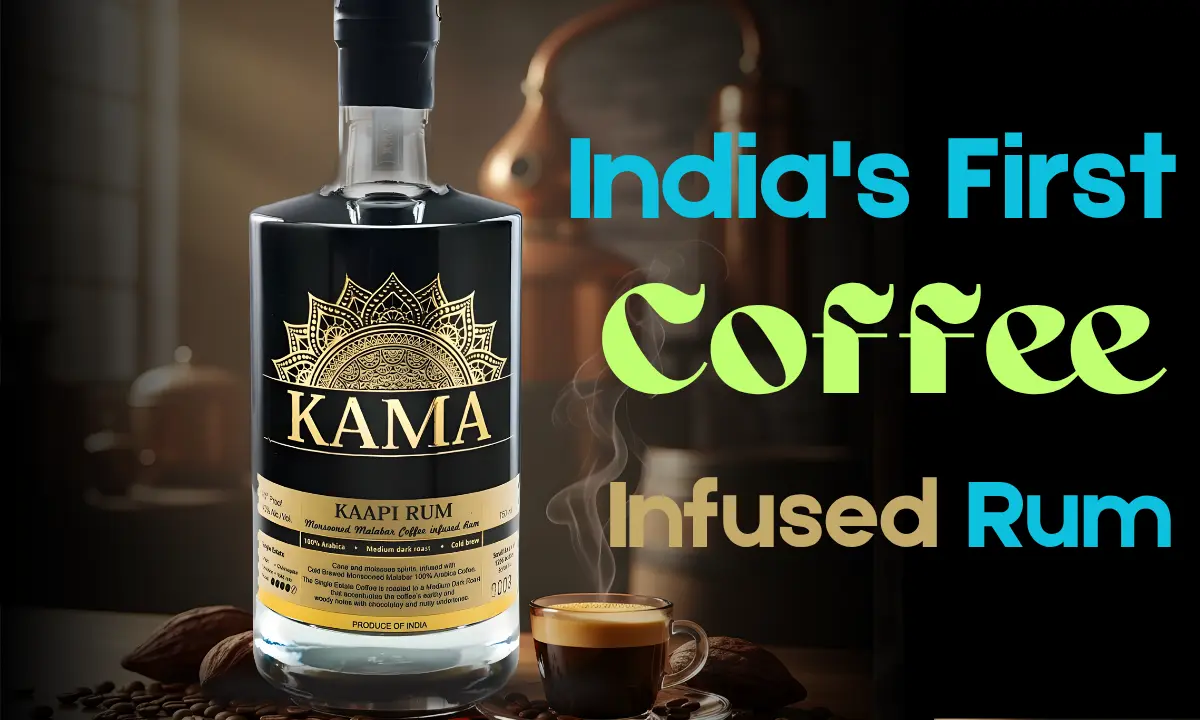





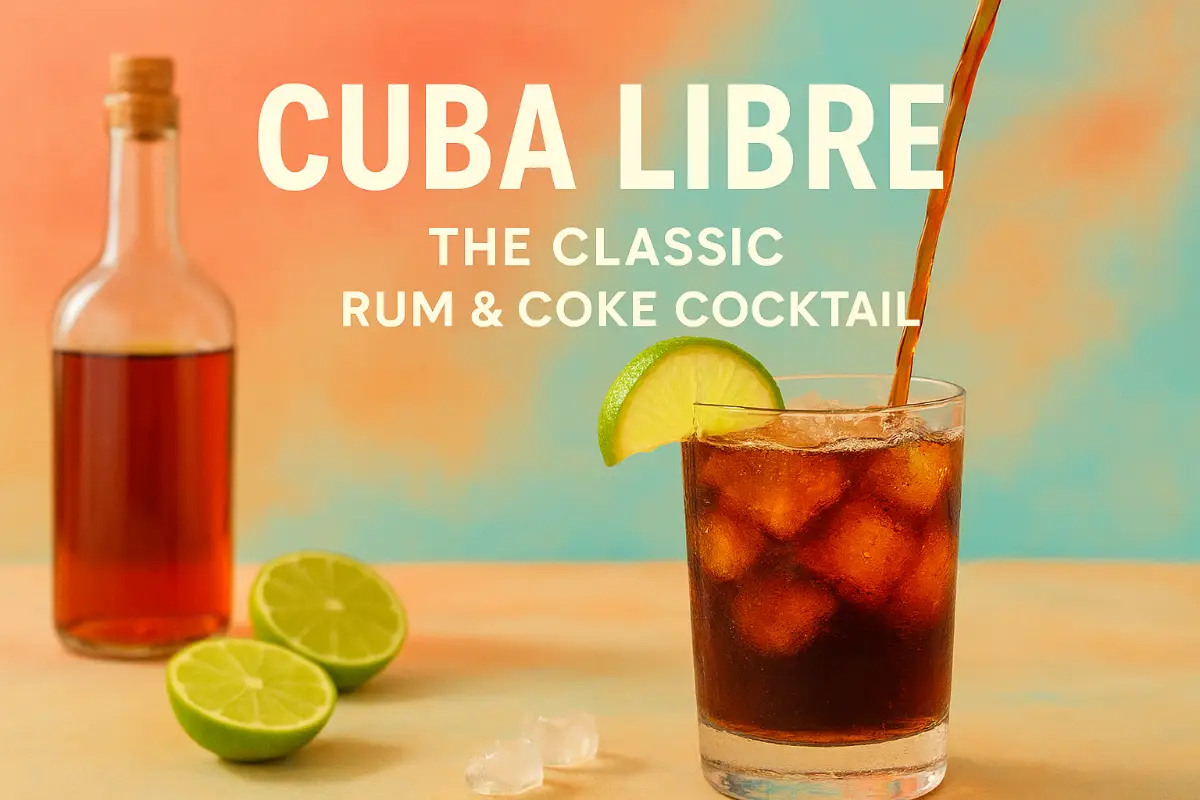



























![20 Best Scotch Whiskies For Beginners [2025]](https://madeera.com/wp-content/uploads/ChatGPT-Image-May-29-2025-11_35_54-PM.png)








